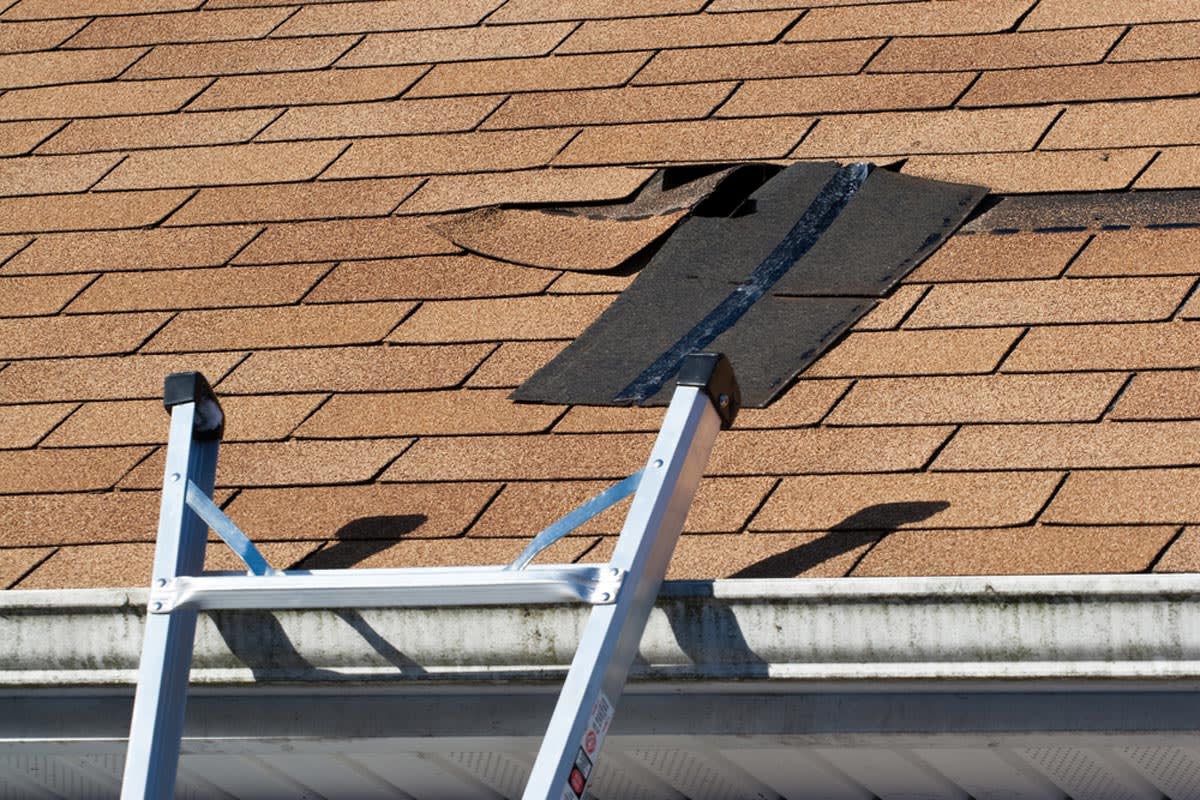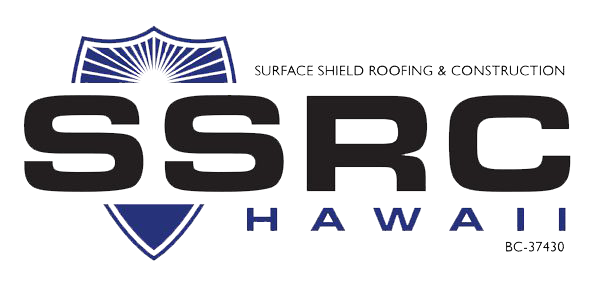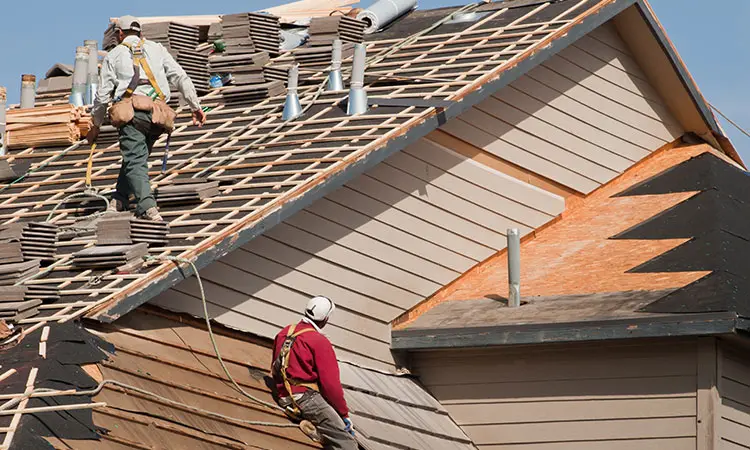Comprehending the Various Sorts Of Roof Coverings: A Comprehensive Overview for Homeowners
In the realm of homeownership, choosing the suitable roof style is a choice that brings significant effects for both capability and visual appeal. With a range of options-- ranging from the traditional gable to the contemporary flat-- each type offers unique advantages and challenges that need to align with the homeowner's specific needs and ecological factors to consider. Recognizing these differences not just help in making an educated choice yet additionally influences long-lasting upkeep and energy effectiveness. As we check out the complexities of various roof covering types, it becomes evident that dimension does not fit all; the best choice might shock you.
Gable Roofings
Saddleback roofs, identified by their triangular shape, are amongst the most preferred roofing styles because of their simplicity and efficiency in losing water and snow. This style features 2 sloping sides that meet at a ridge, enabling reliable drainage and decreasing the risk of water buildup. The steep pitch typically linked with saddleback roofs boosts their ability to deal with hefty rainfall, making them suitable for numerous environments.
In addition to their functional advantages, gable roofs use aesthetic flexibility. They can be adjusted to numerous building styles, from standard to contemporary homes. The layout can additionally accommodate added features such as dormer windows, which improve natural light and air flow in the attic room space.
Furthermore, saddleback roofs give ample space for insulation, contributing to power performance. Home owners can pick from a range of roof products, consisting of asphalt roof shingles, metal, and ceramic tiles, better boosting modification alternatives.
Regardless of their benefits, gable roof coverings might require extra assistance in areas prone to high winds or heavy snowfall. Generally, the saddleback roof stays a favored choice due to its mix of capability, durability, and visual allure.
Flat Roofs
Level roof coverings are usually recognized for their minimal style and sensible applications, specifically in industrial and business setups (oahu roofing). These roofings feature a horizontal or almost horizontal surface area, which enables simple building and versatile room utilization. While they might lack the aesthetic allure of pitched roofings, flat roofs supply many advantages, specifically in metropolitan atmospheres where taking full advantage of space is critical
One of the key advantages of flat roof coverings is their access. House owners can use the roofing space for different purposes, such as roof yards, terraces, or solar panel installments. Furthermore, level roofing systems are usually more economical to maintain and mount compared to their sloped counterparts, as they call for fewer materials and labor.
Nonetheless, flat roof coverings do present specific obstacles. Proper water drainage is important to protect against water pooling, which can cause leakages and architectural damages. Thus, selecting high-quality waterproofing materials and routine evaluations are important for ensuring longevity. Typical products used for flat roofings consist of built-up roof covering (BUR), modified asphalt, and single-ply membrane layers, each offering distinct benefits. Generally, level roofings function as a adaptable and practical option for several property owners and organizations alike.
Hip Roofs
Hip roofs are identified by their sloped sides that converge at the top, forming a ridge. This layout stands out from saddleback roofs, as all 4 sides of a hip roofing slope downwards toward the wall surfaces, giving an extra steady structure. The angle of the slopes can differ, permitting for adaptability in architectural aesthetic appeals and performance.
One of the key advantages of hip roof coverings is their capacity to stand up to heavy winds and adverse climate condition. The sloped surface areas allow better water drain, lowering the danger of leakages and water damage. Additionally, hip click here to read roofings provide increased attic room room, which can be used for storage or also converted right into habitable locations.
Nonetheless, building a hip roofing system can be extra pricey and complicated than less complex roofing kinds, such as gable roofs. The additional material and labor entailed in producing the inclines and guaranteeing correct architectural integrity can cause higher costs. In spite of these drawbacks, several homeowners favor hip roofings for their longevity, aesthetic charm, and possibility for energy effectiveness.
Mansard Roofs
Mansard roofing systems, usually recognized by their distinct four-sided layout, feature two inclines on each side, with the reduced incline being steeper than the upper. This building design, stemming from France in the 17th century, is not just aesthetically enticing yet practical, as it makes best use of the useful room in the upper floorings of a structure. The high reduced slope permits even more headroom, making it an optimal selection for attic rooms or lofts, which can be converted right into living rooms.
Mansard roofings are identified by their convenience, fitting numerous building designs, from typical to modern-day. They can be constructed with different materials, including asphalt shingles, slate, or metal, giving home owners with a variety of options to fit their spending plans and choices. Furthermore, the style permits the combination of dormer home windows, enhancing all-natural light and air flow in the top levels.
Nevertheless, it is vital to consider the prospective drawbacks. Mansard roofings might need more upkeep as a result of the intricacy of their design, and their steep inclines can be challenging for snow and rain drainage. In general, mansard roofing systems combine elegance with usefulness, making them a prominent option among property owners seeking distinct building features.
Lost Roofing Systems
As property owners increasingly look for simplicity and capability in their building styles, dropped roofing systems have actually emerged as a popular selection. Defined by a single sloping airplane, a shed roofing system offers a minimalist aesthetic that matches various home designs, from contemporary to rustic.
Among the primary advantages of a shed roof covering is its simple building and construction, which typically converts to lower labor and material expenses. This layout enables effective water drain, reducing the danger of leakages and water damage. In addition, the vertical slope supplies enough space for skylights, boosting natural light within the interior.
Dropped roofings additionally offer web convenience in terms of usage. They can be successfully incorporated right into enhancements, garages, or outdoor structures like structures and sheds. In addition, this roof design can accommodate various roofing materials, including metal, asphalt roof shingles, or perhaps eco-friendly roof coverings, lining up with environmentally friendly initiatives.
However, it is necessary to think about local climate conditions, as heavy snow tons may require changes to the roof's angle or framework. On the whole, lost roof coverings offer a functional and visually pleasing alternative for homeowners aiming to optimize capability without endangering style.
Final Thought


Gable roofing systems, defined by their triangular form, are among the most popular roof covering styles due to their simpleness and effectiveness in dropping water and snow. oahu roofing. The steep pitch typically linked with gable roofs improves their capacity to handle heavy precipitation, making them ideal for various climates
While they may do not have the visual charm of pitched roofings, navigate here level roofs offer various advantages, specifically in urban environments where maximizing space is important.
